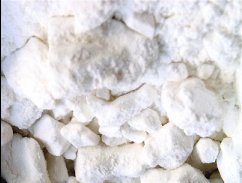Kuzu (Kudzu)

| Kuzu (Kudzu) in TCM:Explore the properties of Kuzu (Kudzu) according to Chinese
Nutrition and Traditional Chinese Medicine (TCM):
Temperature: cool
Channels: ST, SP
Flavors: sweet, bitter
Special Properties:
clears heat, disperses wind
In terms of Traditional Chinese Medicine (TCM) Kuzu (also referred to as Kudzu) is known for its ability to clear heat and eliminate wind.
In general the ancient Chinese medical texts cite that it enters the stomach, and spleen. The flavor of Kuzu is sweet and bitter, and it is considered to be cool in temperature.
Kudzu root, also as kuzu or simply kudzu, comes from the kudzu vine, which is a member of the pea family that is native to eastern Asia. The root itself is usually ground into a powder and commonly used as a thickener in cooking. It also sells as a dietary supplement in capsule or powder form. Kuzu is a powerful source of isoflavonoids, a class of compounds that have phytoestrogenic properties.
Kuzu is a starchy root that is often eaten as food, but it is also a Chinese herb used in Chinese Herbal medicine - [See Also: Ge Gen]
Disclaimer: In accordance with our terms of service, by using this web site you agree that none of the information found on this web site constitutes medical advice. You should always consult your doctor before trying any particular food or herbal remedy to treat disease.
Folk remedies presented on this site are designed to address specifc TCM diagnoses, and are not one-size-fits-all. If you would like to learn more about Traditional Chinese Medicine (TCM) and how it relates to Chinese Nutrition, you can book in a free call with a licensed professional. There is no obligation to purchase.
[CLICK HERE for your free INITIAL CONSULTATION] |
